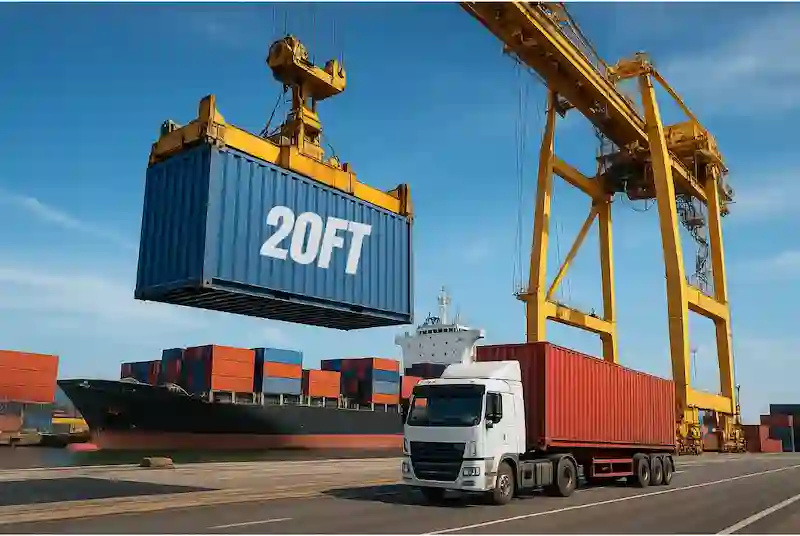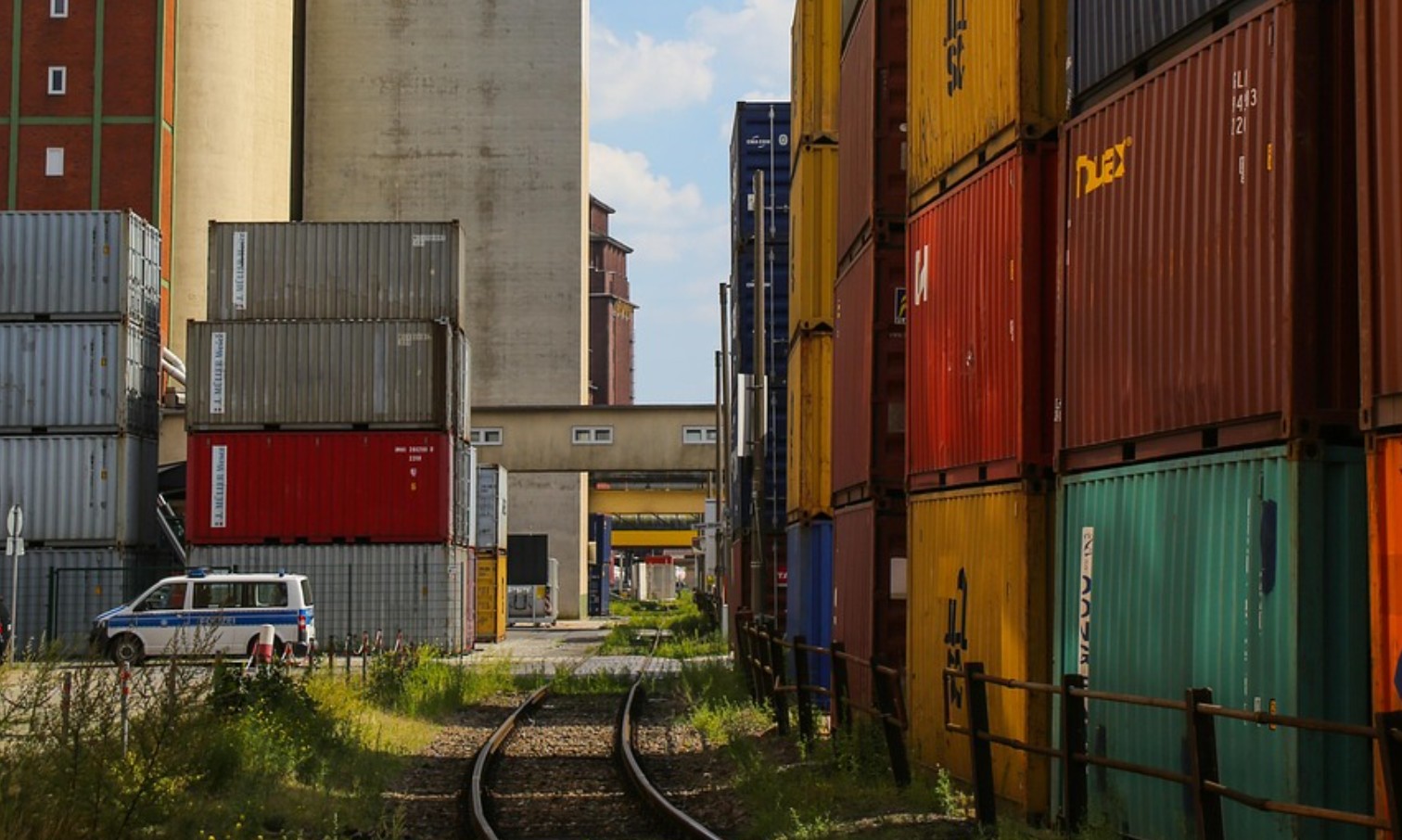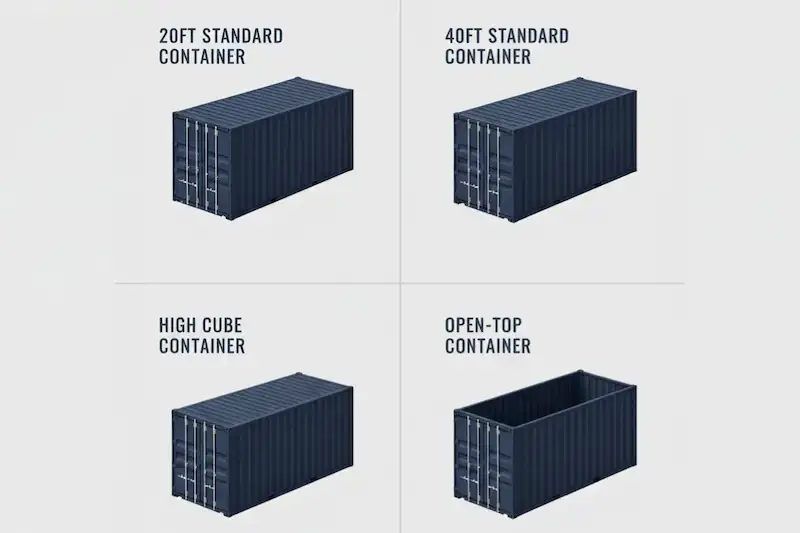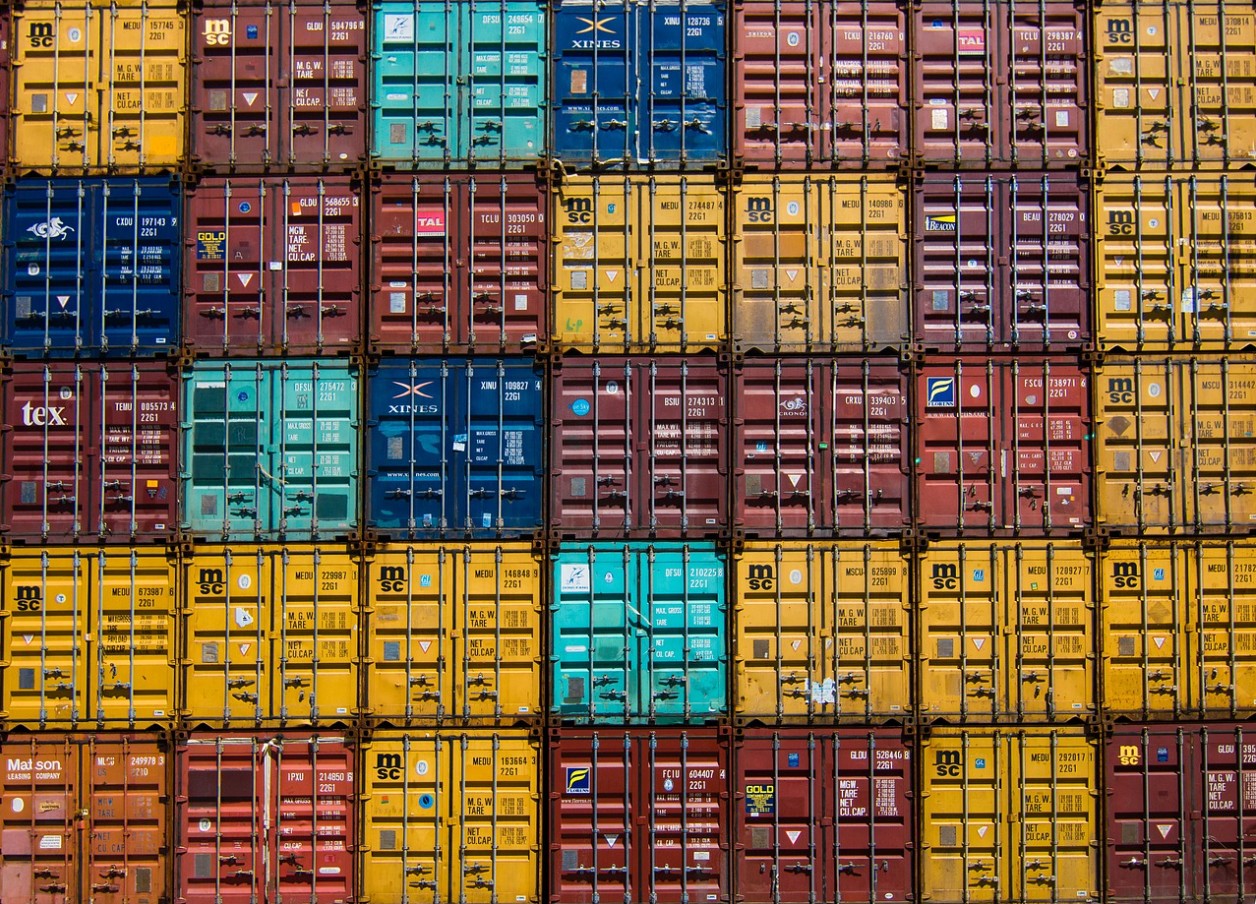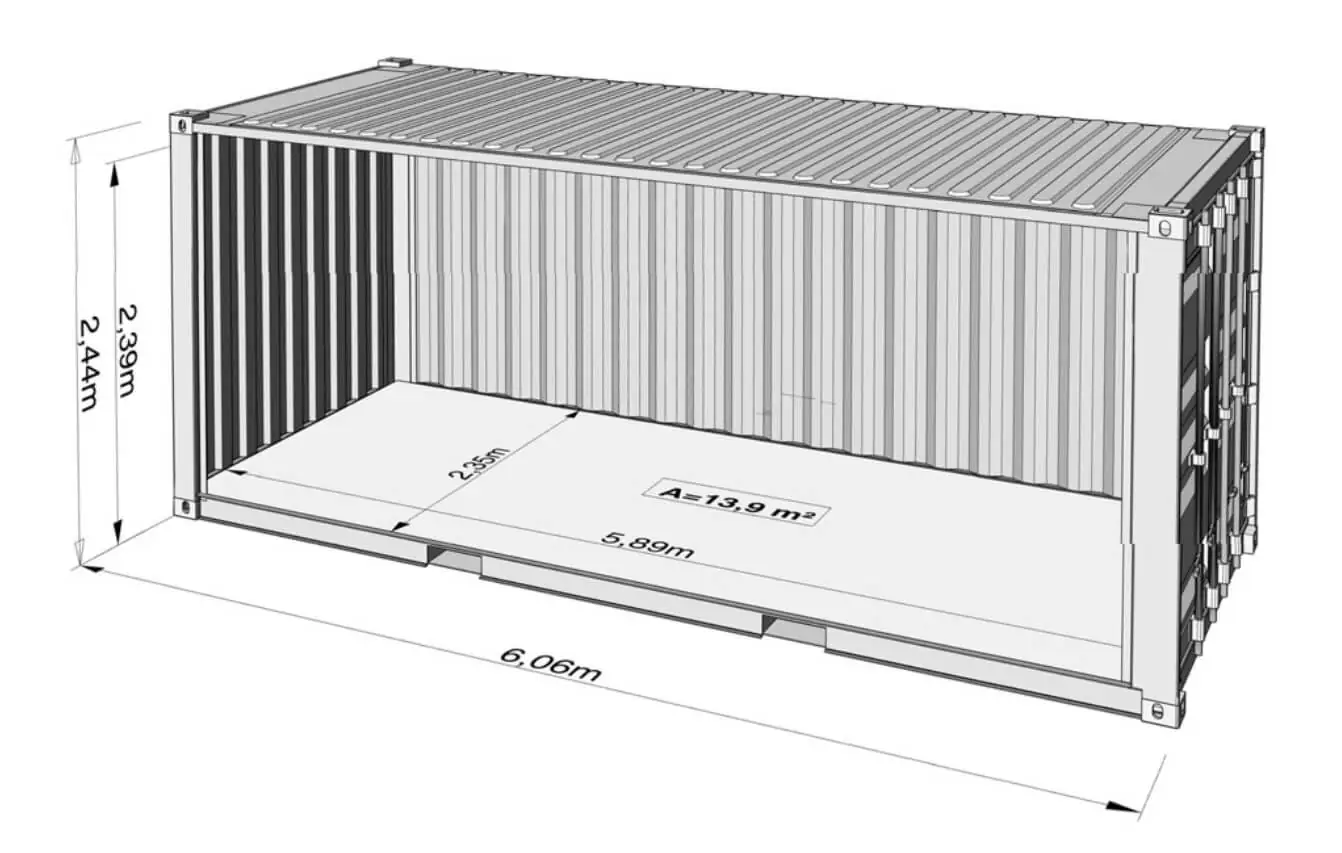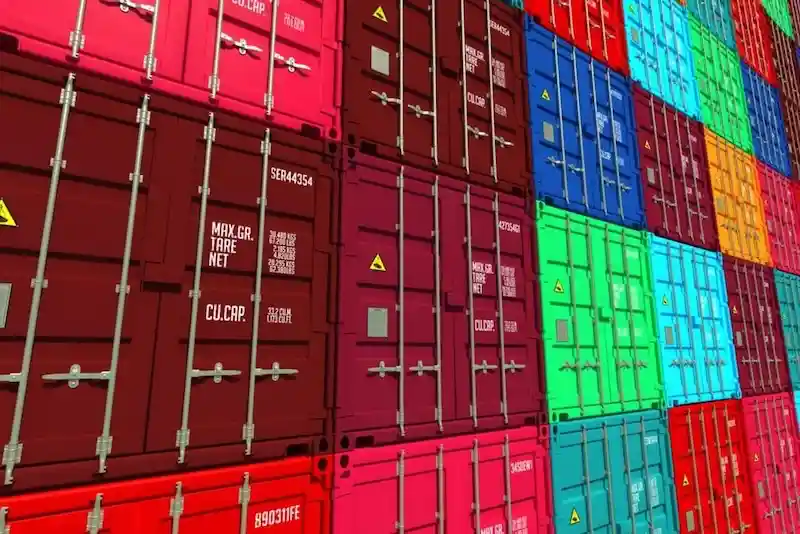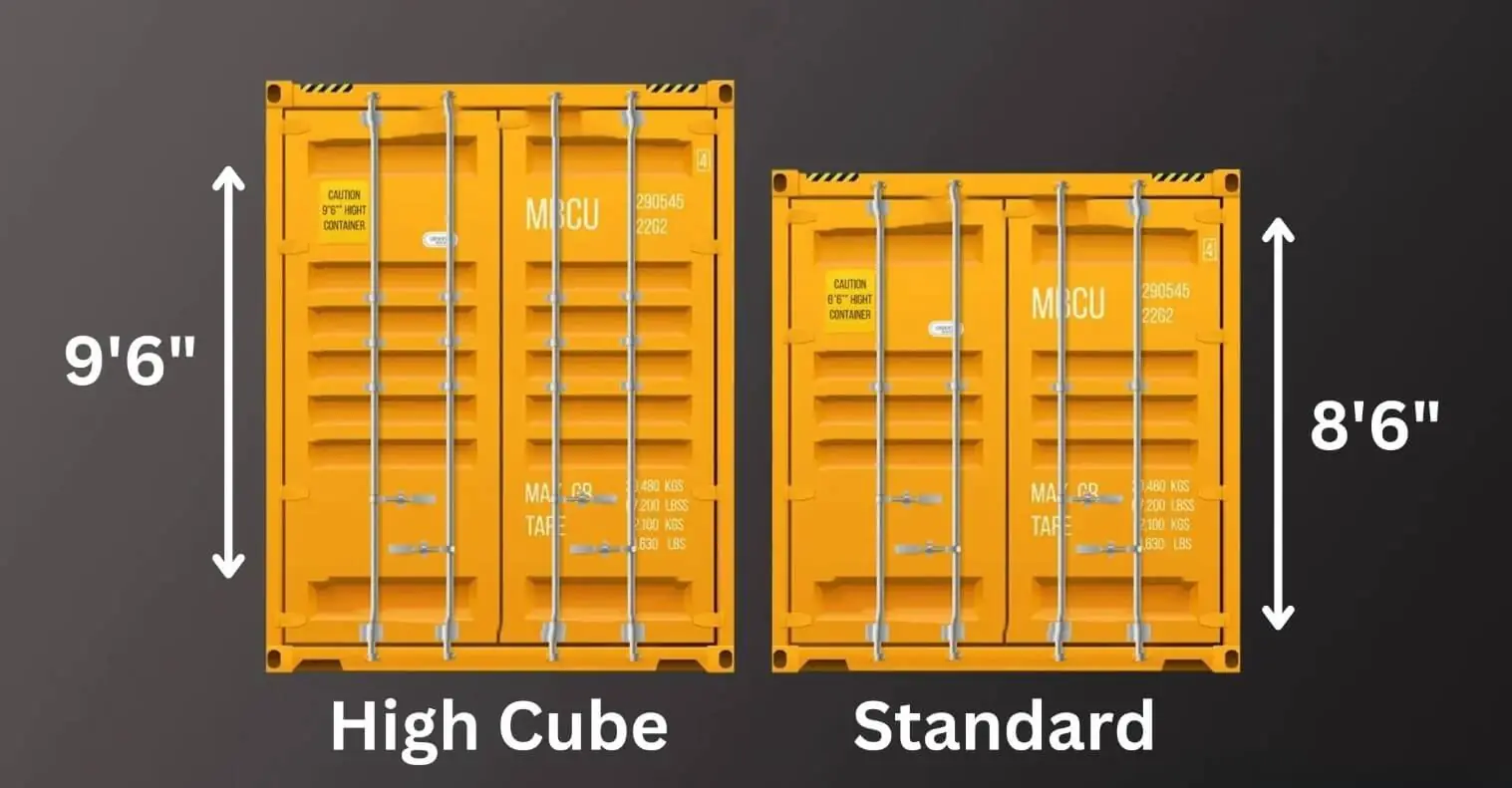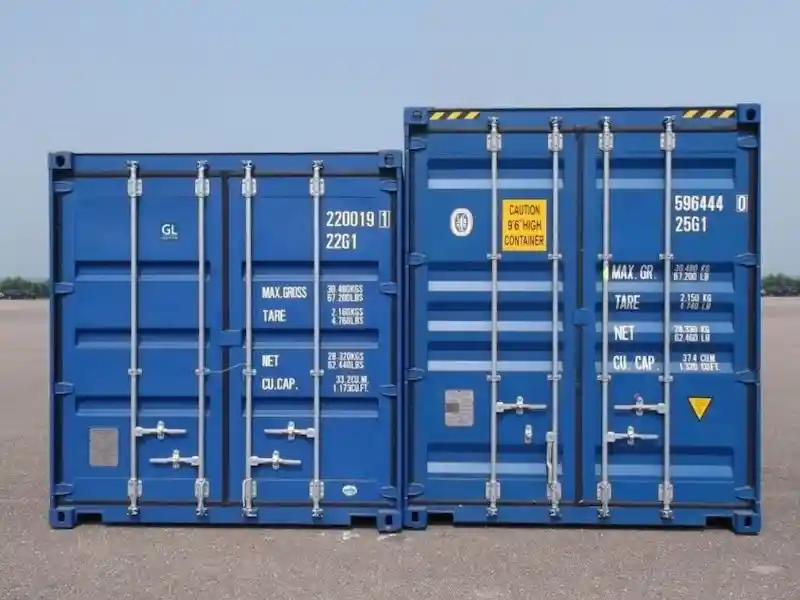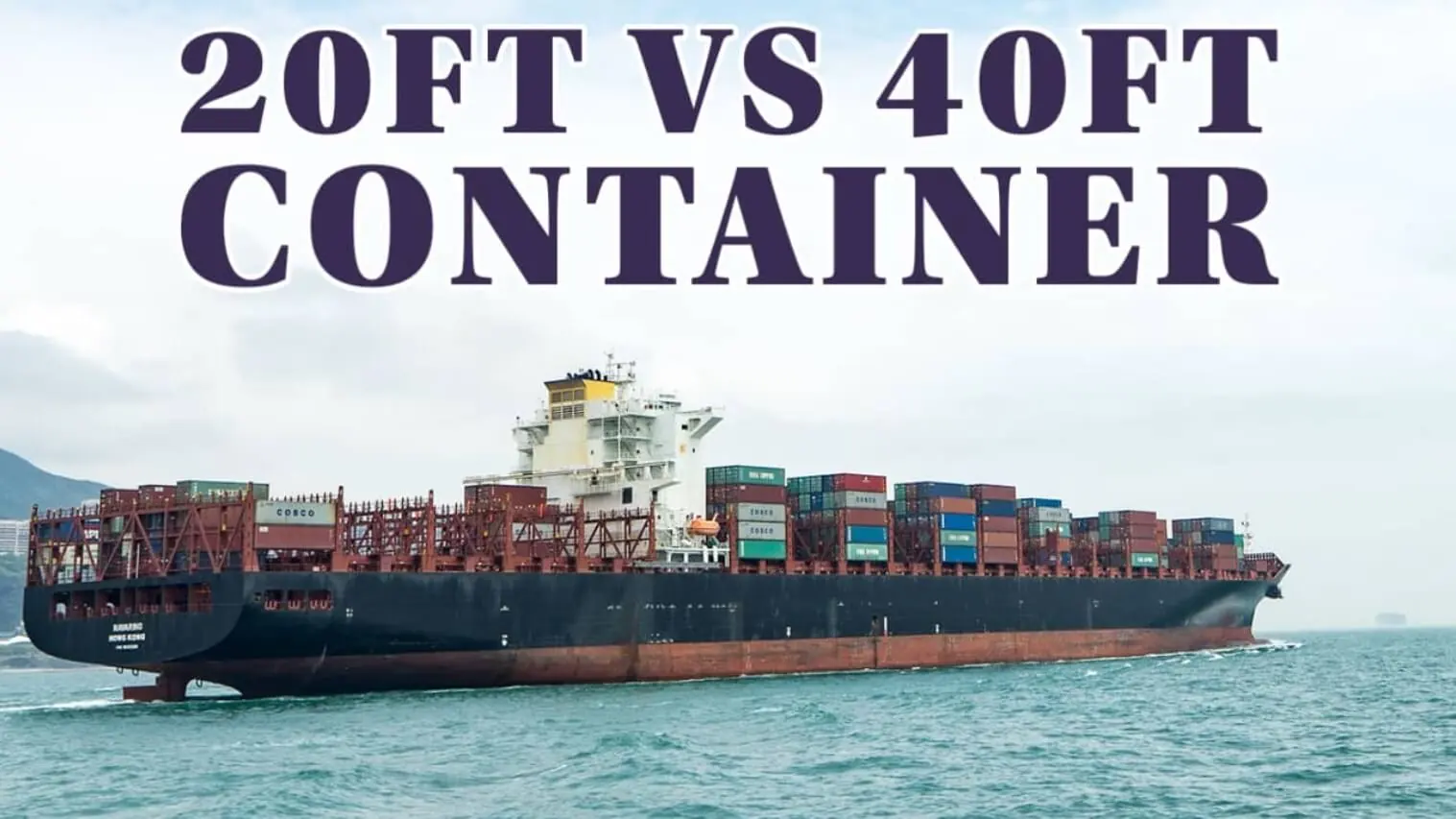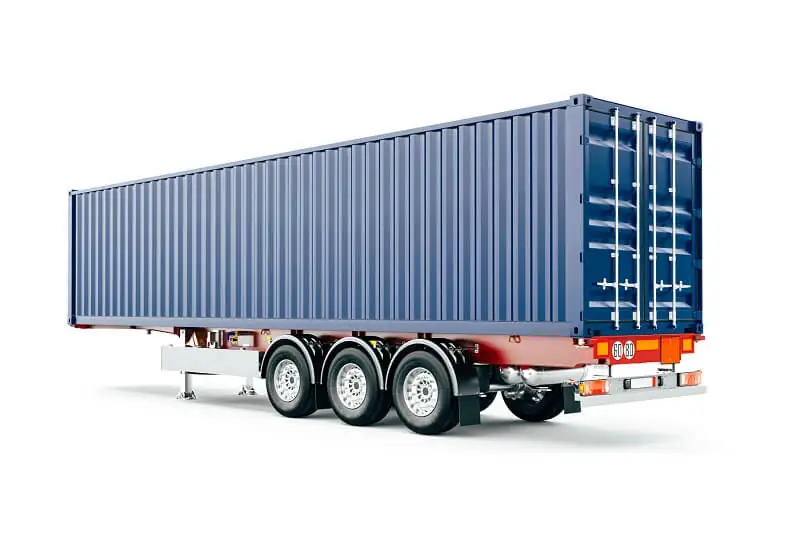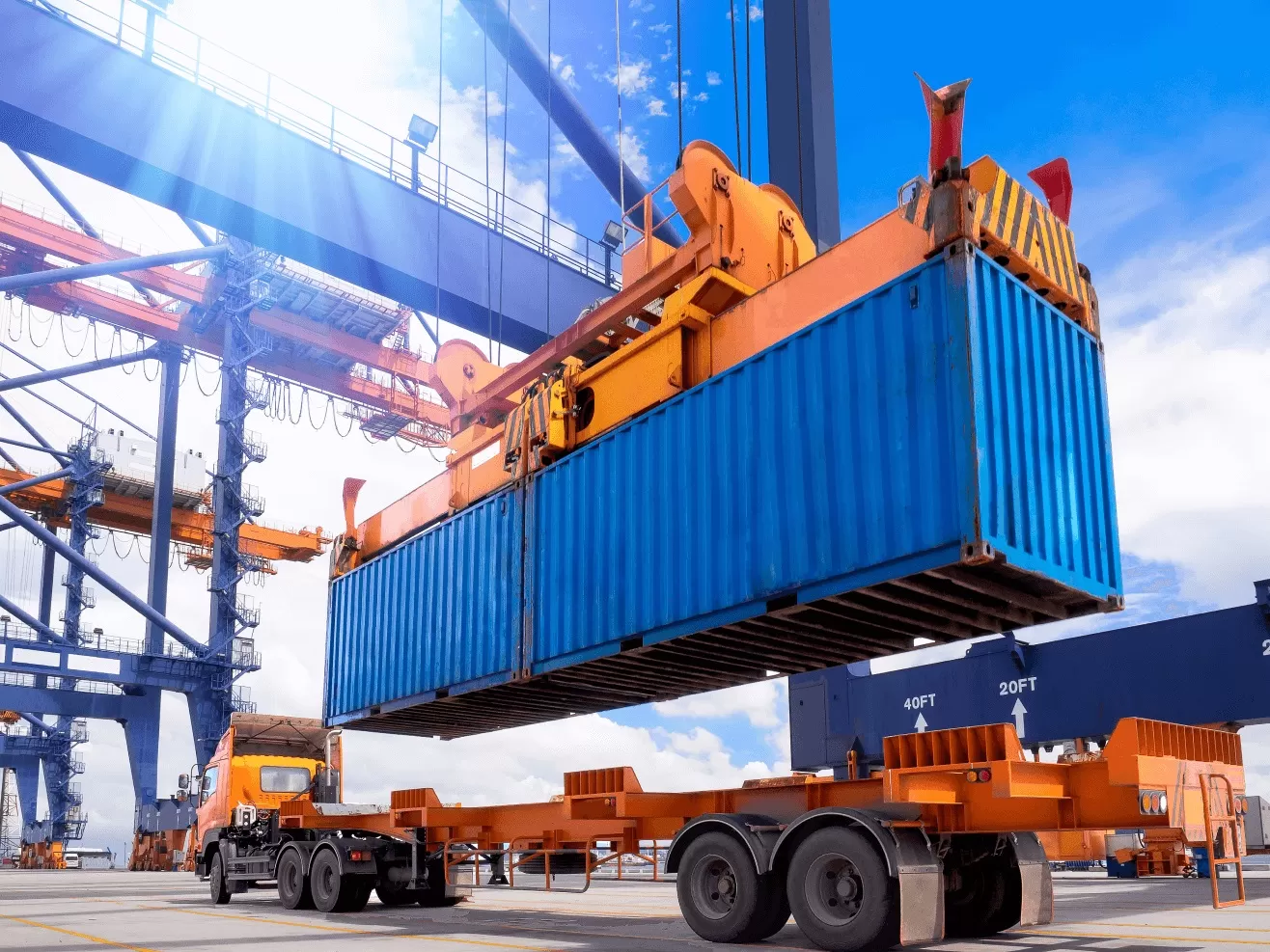What is a Container number? Best Guide to Number & Markings

Ever wondered how shipping containers find their way during their trips? It’s not a secret that they use the seemingly random strings of digits and letters known as container numbers. These shipping container codes are important for keeping track of every container as it moves from port to port. In this article, we’ll tell you everything you need to know about container numbers and shipping container markings.

What’s a Container Number?
A container number is the ID card for each shipping container, a unique identifier indispensable for global logistics. This number follows a specific container numbering system established by the International Organization for Standardization (ISO). The purpose of a container number is to ensure each container can be tracked and managed from one end of the supply chain to the other.
Understanding the container number format
To understand the container number format, it’s best to break down the structure into digestible pieces. Each shipping container number is composed of a series of letters and numbers, arranged to provide vital information about the container.
The container number format typically consists of four letters followed by seven numbers.
- The first three letters represent the owner code and identify the company that owns the container.
- This is followed by a fourth letter, known as the category identifier, which often signifies the type of container.
- Next up are the six digits of the serial number, randomly assigned to give each container a unique identity within the owner’s fleet.
- Finally, the last number of containers is a check digit, calculated through a precise formula. It helps verify that the container number is accurate and hasn’t been mistyped.
Let’s look at a sample container number: ABCD1234567. Here, “ABCD” is the owner code and category identifier, “123456” is the serial number, and “7” is the check digit. This structured system of container numbering ensures that every container is easily identifiable.
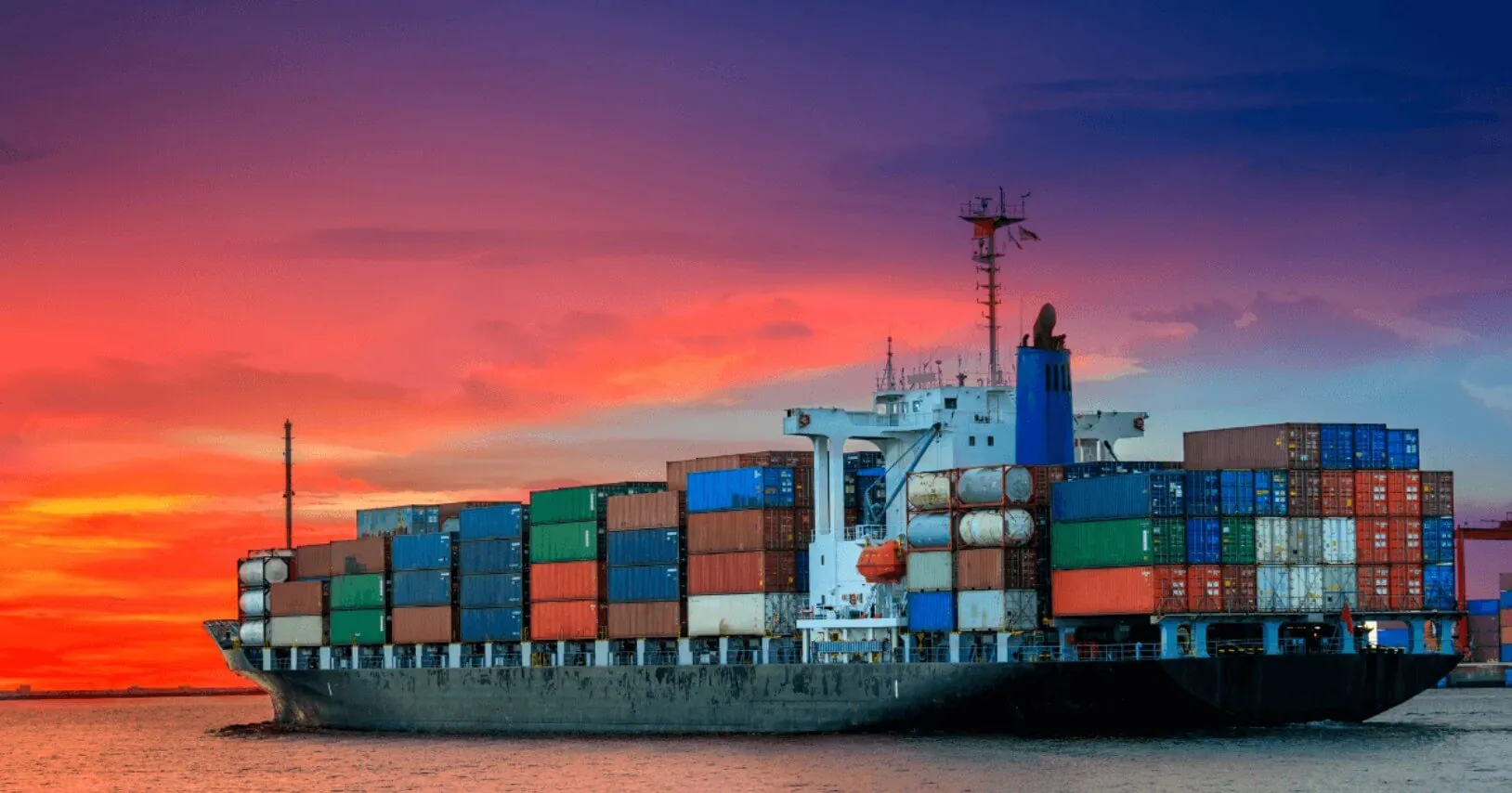
What are Mandatory Operational Markings?
Operational container markings are identifiers found on shipping containers that ensure safe handling throughout their journey. A container marking includes important information such as weight limits, handling instructions, and hazard warnings. It serves as a guide for anyone interacting with the container, ensuring it is transported and stored correctly across various modes of transport like ships, trains, and trucks.
Mandatory container markings help maintain safety standards in the shipping industry. For example, weight limit markings prevent overloading, which usually leads to accidents or damage during transit. Similarly, hazard warnings inform handlers about any dangerous goods inside, so that they can take appropriate precautions.
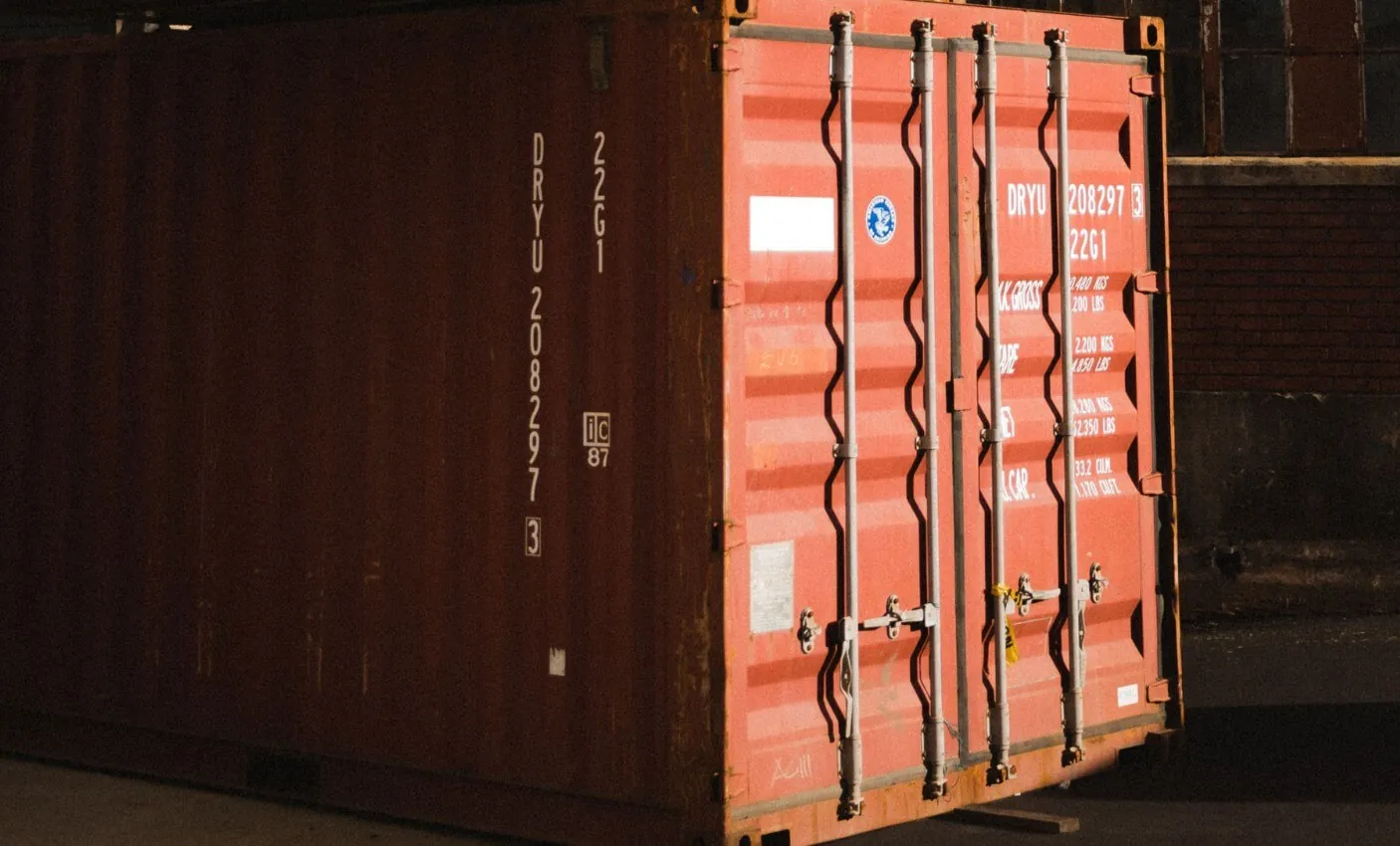
Role of Container Number in Shipment Tracking
Container numbers allow businesses to know exactly where their goods are at all times. When container numbers are integrated into a tracking system, companies effortlessly manage their logistics operations to guarantee that deliveries happen on schedule.
Also, these shipping container codes:
- Provide a live view of a container’s journey to help businesses stay updated on the location and status of their shipments;
- Allow cargo to move faster from point A to point B;
- Ensure that the right goods reach the right destination and meet customer expectations.
It’s almost impossible to optimize logistic operations without container numbers, so pay attention to them when sending your cargo container to its next journey.
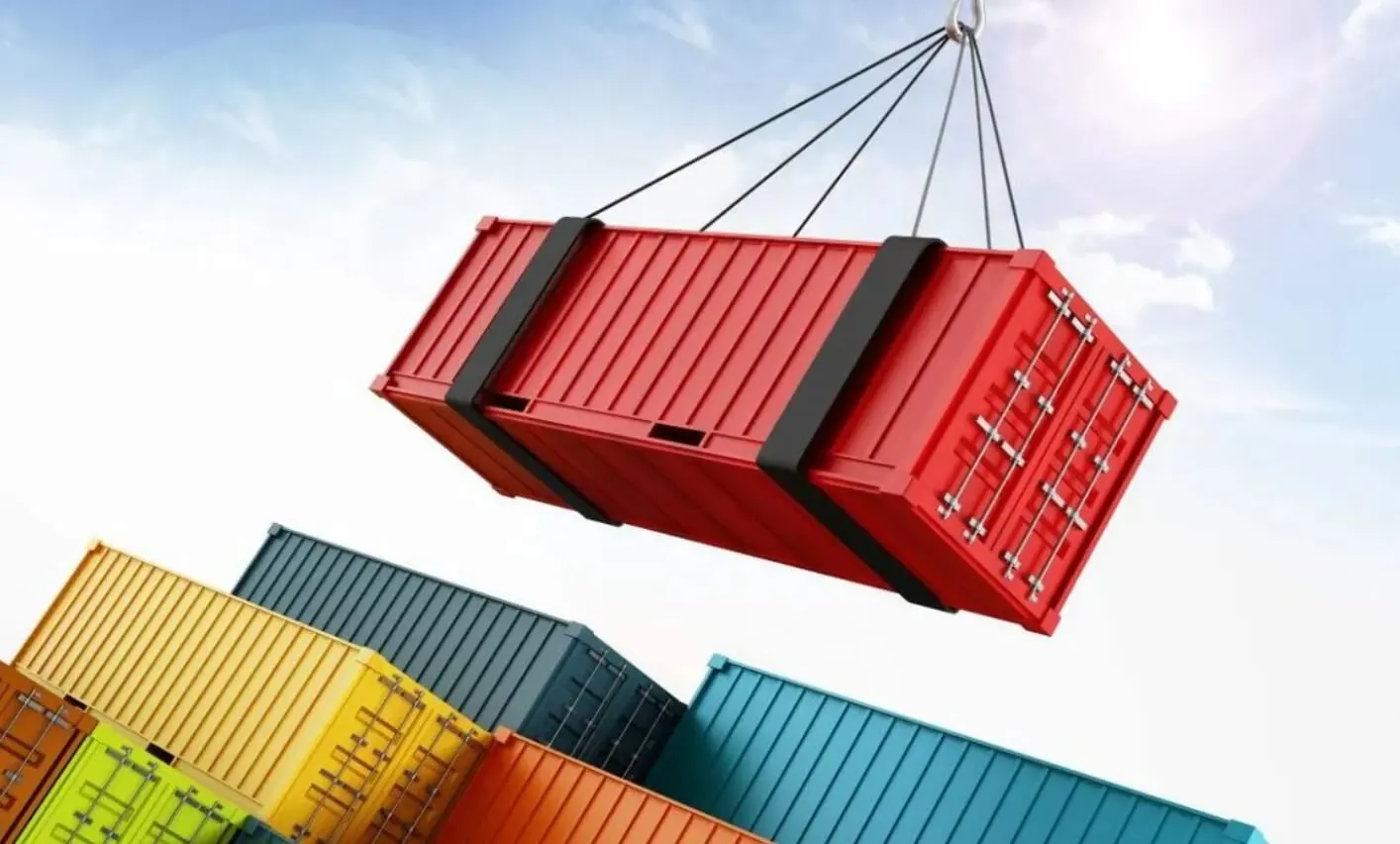
Container Tracking: Track Shipments in Real Time with Container Number
Timing and precision are everything today — and that’s why container tracking provides real-time updates. The process is the same as when tracking an online order.
So, how exactly does this work?
- Businesses get instant updates about their shipments’ whereabouts. You can keep tabs on your container as it sails across the sea or rolls through a port, and respond swiftly to any issues.
- Real-time data guides the entire supply chain. It allows logistics managers to adjust operations on the go so that everything from transportation to inventory management runs well.
- When you have real-time insights, you can quickly make decisions like rerouting a shipment to dodge a storm or adjusting stock levels to match demand.
- Everyone appreciates knowing exactly when our package will arrive. Businesses that use real-time tracking offer precise delivery estimates and ensure customers’ goods are delivered as promised.
Enhancing logistics operations and strengthening customer relationships through transparency and reliability are the keys to a successful business. More and more companies employ container tracking systems. For example, Pelican Containers provides full traceability when delivering shipping containers from our depots to our clients’ homes.
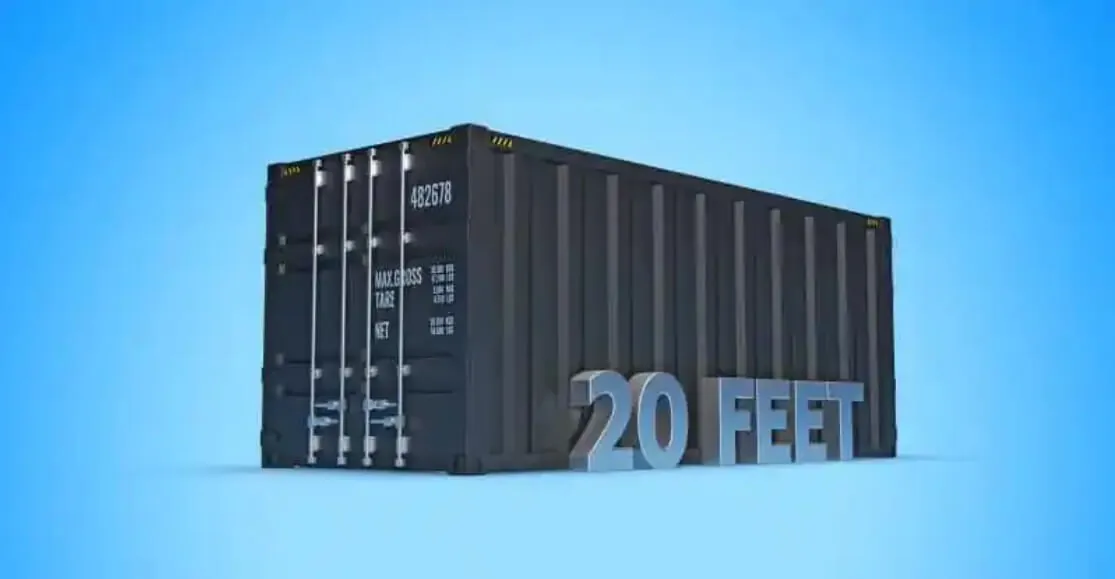
Conclusions
Container numbers hold big power in the logistics industry. Understanding these identifiers will help you take control of the entire shipping process. The confidence that comes with knowing exactly where your goods are and ensuring they arrive on time is not a dream anymore.
Vanessa is a dedicated writer and content enthusiast at Pelican Containers. With a background in practical writing and a keen eye for clarity, she transforms complex container topics into easy-to-understand and useful content. Her passion lies in exploring the evolving world of container usage — from smart storage hacks to global logistics trends.
When she's not writing, Vanessa loves discovering creative shipping container projects or traveling to find new inspiration.
Explore thoughtful, informative, and accessible content with Vanessa!
Vanessa is a dedicated writer and content enthusiast at Pelican Containers. With a background in practical writing and a keen eye for clarity, she transforms complex container topics into easy-to-understand and useful content. Her passion lies in exploring the evolving world of container usage — from smart storage hacks to global logistics trends.
When she's not writing, Vanessa loves discovering creative shipping container projects or traveling to find new inspiration.
Explore thoughtful, informative, and accessible content with Vanessa!
FAQ
How can I decode the alphanumeric code in a container number?
Each container number is made up of four letters followed by seven digits. The first three letters represent the owner code, identifying the company that owns the container. The fourth letter is the category identifier, usually “U” for freight containers. The next six digits are the serial number, unique to each container, and the final digit is a check digit used for verifying the accuracy of the number.
What are the key components of container markings beyond the number?
Beyond the shipping container number, key components include size and type codes providing dimensions and construction type and operational shipping container markings that give instructions for handling and transporting. Some containers also feature a weight container marking that indicates the maximum gross weight and tare weight.
How does the container number help in managing customs and regulatory compliance?
Container numbers provide a traceable identity for each shipment. They allow customs officials to quickly access shipment data, verify cargo contents, and ensure adherence to international trade regulations.
Can a container number be changed, and if so, how does it affect tracking and logistics?
Container numbers are generally fixed and should not be changed as they are critical for tracking and record-keeping. However, if a container is reassigned or converted for different use, a new number may be issued. This change must be updated in all logistics and tracking systems to prevent disruptions in shipment tracking and to maintain accurate records for regulatory compliance.
